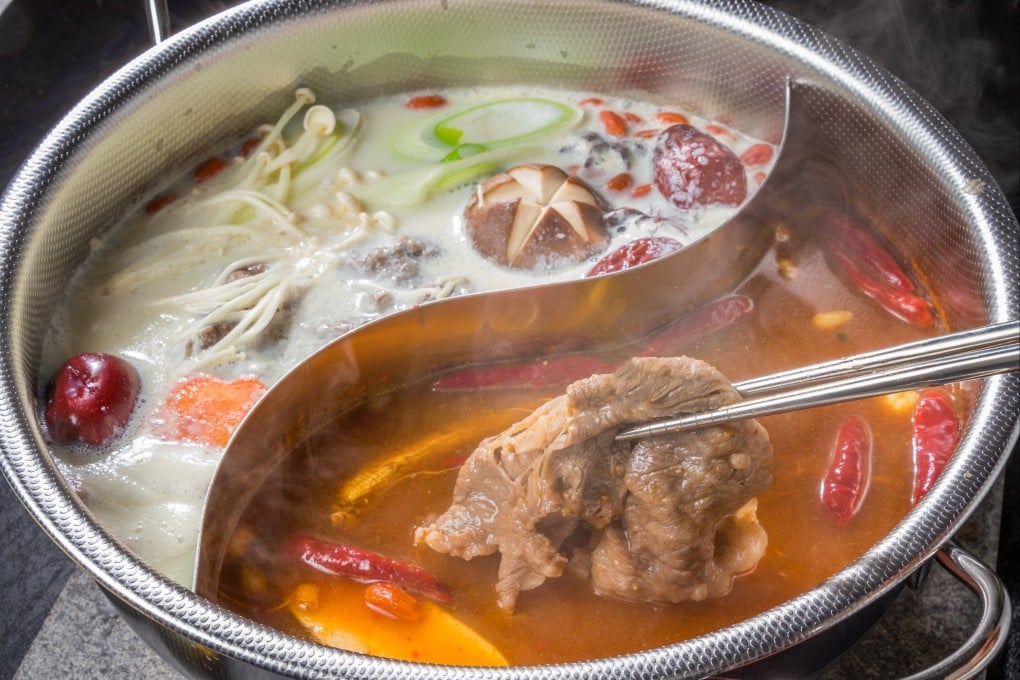Explainer | How hotpot, a Chinese food favourite, started with Genghis Khan, its regional varieties and how to enjoy it safely during Covid
- Hotpot is popular across China, and each region has its own version, from Sichuan’s numbing and spicy style to Hainan’s coconut flavours
- We look at the regional hotpot varieties, and at how to eat hotpot safely with others during the pandemic

Without a doubt, eating hotpot is one of Hong Kong’s favourite culinary pastimes. When the thermometer drops it’s the ultimate warming food.
But it’s not just a winter dish – diners like the communal and convivial habit of sharing a cauldron to cook ingredients even when it’s 33 degrees Celsius (91 degrees Fahrenheit) outside.
Asked why she would have hotpot on the hottest day of summer, one enthusiast shrugs and says: “That’s what the freezing air-conditioner is for.”
Hong Kong has no shortage of all-season hotpot restaurants and many offer all-you-can-eat options, letting guests top up their favourite items, usually with a time limit of 90 minutes to two hours.
Hotpot’s origins go back anywhere from 800 to 1,000 years ago to the Mongol Empire and its successor, China’s Yuan dynasty, founded by Kublai Khan and his grandfather Genghis Khan.
In the summer, Mongol horsemen cooked meat on their spears over a fire – a practice which gave the world the kebab. On winter nights when they were without cooking gear, they used their helmets to boil water and cook meat – which gave us hotpot.
